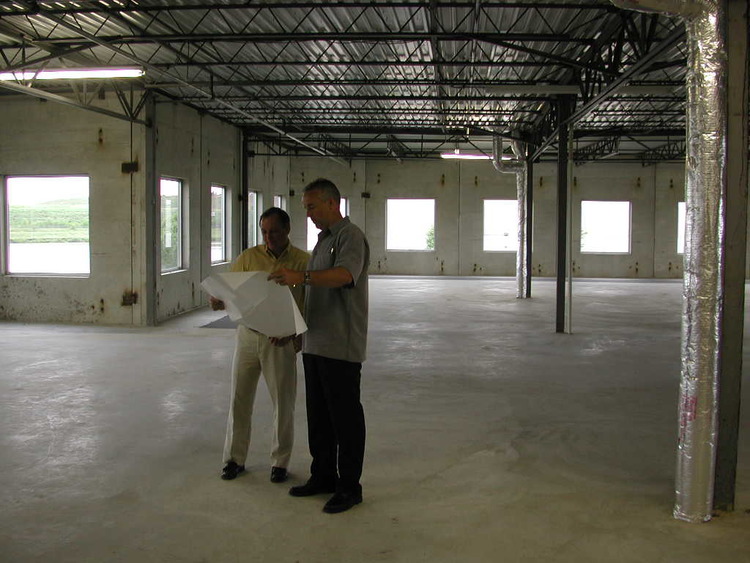Sometimes the tenant improvement allowance offered isn’t enough to cover every improvement or upgrade the space needs. When this happens, you really only have two choices. You can either pay out of pocket to afford the build-out you’ve envisioned or you can be creative when it comes to getting the most bang for your buck. You’d be surprised by how much some strategic lease structuring can stretch your tenant improvement allowance. Here are five ways to stretch a TI allowance.
Add 1 Year to the Lease
Adding one more year to your lease might result in a landlord giving you more money per square foot for improvements in return for guaranteed occupancy/rent.
Get Your TI Allowance for Rentable, Not Usable, Space
Understanding the difference between usable and rentable square feet can help you negotiate better lease terms.
Usable space is defined as the actual square footage of the specific area a tenant occupies to do business. Rentable square feet is the usable square feet plus a pro-rata share of the building’s common areas like shared restrooms, lobbies, stairways, etc.
If your usable space is 9,000 square feet but your rentable space is 10,000 square feet, demand a TI allowance based on the rentable square feet. This should get you anywhere from $5 to $10 more for improvements per square foot. A case can be made that the landlord is collecting the same rent for common areas as they are for your usable space. Therefore, it’s only fair they base the TI allowance on the rentable space.
Embrace an Open Floor Plan
This is a no-brainer since the less you build, the less you’ll need to spend. An open floor plan gives you more usable space without barriers like walls or high cubicles. Wireless networking is another cost cutter. Today’s worker prefers mobility anyway. Millennials no longer want to be confined to work stations. Bean bag chairs and hip communal areas not only boost morale and creativity but also minimize construction costs.
Reuse as Many Elements as Possible
Look for as many reusable elements as possible before committing to improvements. Are the existing doors salvageable? Do the current light fixtures really need to be replaced? Can a kitchen or restroom go without a renovation or upgrade? Reuse or recycling elements of the existing space can do a lot to stretch a tenant improvement allowance.
Oversee Bids & Construction
Be involved in the project’s bidding process. If you’re not comfortable with a contractor pre-selected by the landlord, get an estimate from a contractor of your choosing. If a landlord has their own construction crew, or you’ve added out of pocket money to a tenant improvement allowance, be cognizant of time management and budget. Especially when it comes to overtime. Lastly, know exactly what you’re getting prior to construction starting to minimize any need for costly change orders that could delay completion and put you off-budget.

